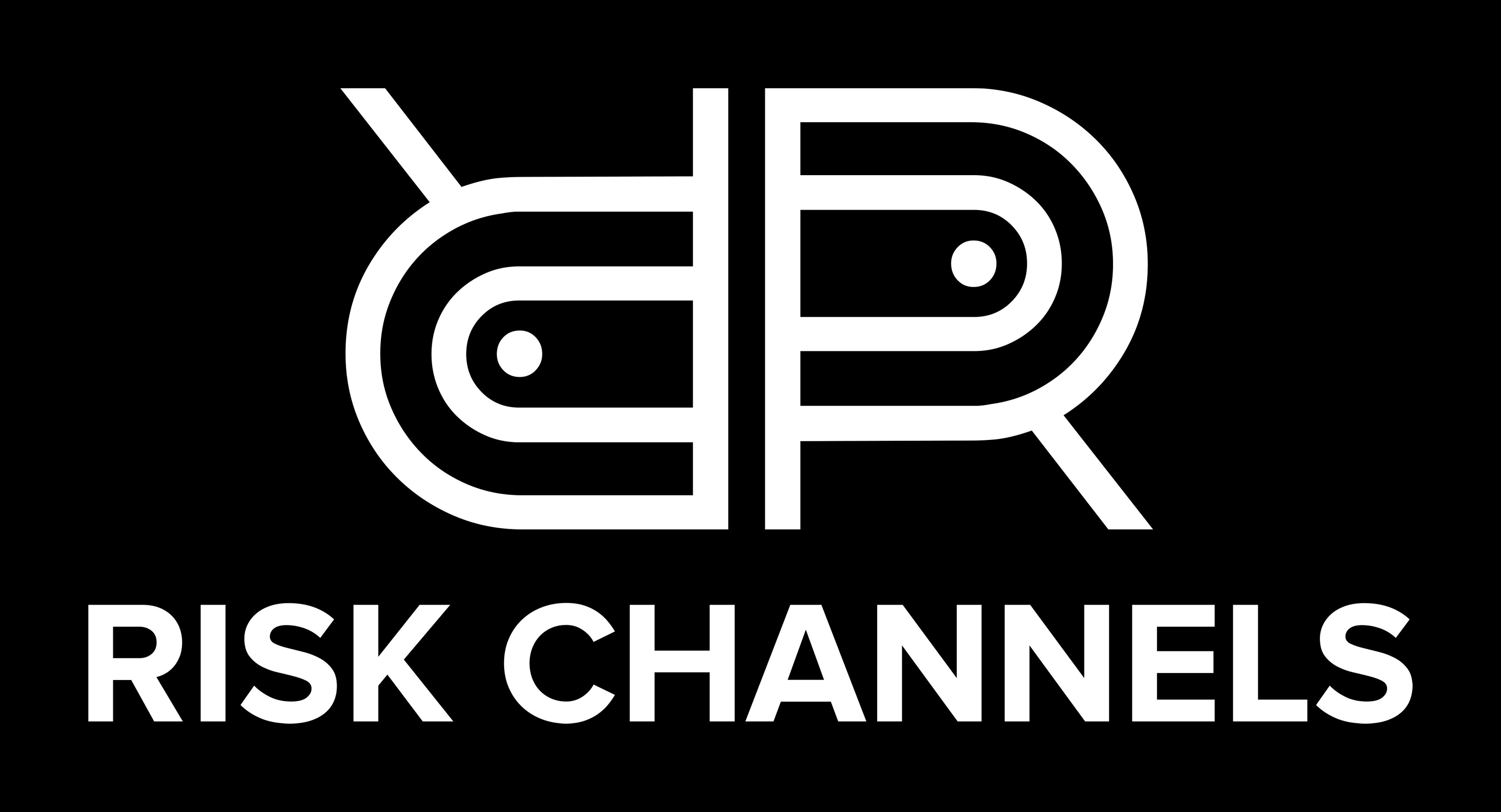Episodes

Thursday Sep 21, 2023
What Would your Dream Job Be?
Thursday Sep 21, 2023
Thursday Sep 21, 2023
In this weeks episode, Rephael and Jeremy talk about dream jobs and the endless possibilities that come with having an open mind in the real world.
Stay connected with us on social media:
Instagram: https://www.instagram.com/ez_insurance/?hl=en
YouTube: https://www.youtube.com/channel/UCkIzuBtj7PRss3ZrSBQoT5g/featured
LinkedIn: https://www.linkedin.com/company/asz-international-inc-/
Facebook: https://www.facebook.com/ASZInsurance
Twitter: https://twitter.com/ASZAssociates

Thursday Sep 14, 2023
Preparing for a Natural Disaster: What You Can Do”
Thursday Sep 14, 2023
Thursday Sep 14, 2023
In this week's episode, we explore preparations for natural disasters and share our personal experiences.
Stay connected with us on social media:
Instagram: https://www.instagram.com/ez_insurance/?hl=en
YouTube: https://www.youtube.com/channel/UCkIzuBtj7PRss3ZrSBQoT5g/featured
LinkedIn: https://www.linkedin.com/company/asz-international-inc-/
Facebook: https://www.facebook.com/ASZInsurance
Twitter: https://twitter.com/ASZAssociates

Tuesday Aug 22, 2023
Tuesday Aug 22, 2023
Rephael and Jeremy open up about their experiences as high caliber athletes and the complications that come with performing at high levels!
Follow our journey on Instagram: https://www.instagram.com/ez_insurance/
Catch our latest videos on YouTube: https://www.youtube.com/@aszinternationalinc.7591
Connect with us on the professional front via LinkedIn: https://www.linkedin.com/company/10461088/admin/feed/posts/
Join the conversation on Facebook: https://www.facebook.com/ASZInsurance
Stay updated in real-time on Twitter: https://twitter.com/ASZAssociates

Monday Aug 14, 2023
Monday Aug 14, 2023
Vacation is fun and all, but traveling can be hectic. In this episode, Rephael and Jeremy delve into their favorite vacation spots and discuss the dangers that come with traveling.

Monday Aug 07, 2023
From Adrenaline to Liability: Our Most Dangerous Experiences Revealed!
Monday Aug 07, 2023
Monday Aug 07, 2023
Step into an adrenaline-fueled episode as Raphael and Jeremy unveil their heart-pounding escapades in today's thrilling installment!
Follow our journey on Instagram: https://www.instagram.com/ez_insuranc.
Catch our latest videos on YouTube: /@aszinternationalinc.7591.
Connect with us on the professional front via LinkedIn: https://www.linkedin.com/company/asz-
Join the conversation on Facebook: https://www.facebook.com/ASZInsurance.
Stay updated in real-time on Twitter: https://twitter.com/ASZAssociates.

Monday Jul 31, 2023
Monday Jul 31, 2023
Welcome to today's episode where we delve into the exciting world of electric vehicles transforming public transportation!
Stay connected with us on social media:
Instagram: https://www.instagram.com/ez_insurance/?hl=en
YouTube: https://www.youtube.com/channel/UCkIzuBtj7PRss3ZrSBQoT5g/featured
LinkedIn: https://www.linkedin.com/company/asz-international-inc-/
Facebook: https://www.facebook.com/ASZInsurance
Twitter: https://twitter.com/ASZAssociates

Monday Jul 24, 2023
Insurance for Millennials and Gen Z: A Dying Trend
Monday Jul 24, 2023
Monday Jul 24, 2023
In today's episode, we discuss the need for insurance for Millennials and Gen Z and how growing trends amongst these generations can impact the landscape of insurance as a whole.

Monday Jul 17, 2023
ARE UBERS DANGEROUS?
Monday Jul 17, 2023
Monday Jul 17, 2023
In today's podcast, we talk about the risk of using services such as Uber, Lyft and Taxi, and touch on emerging travel technology.

